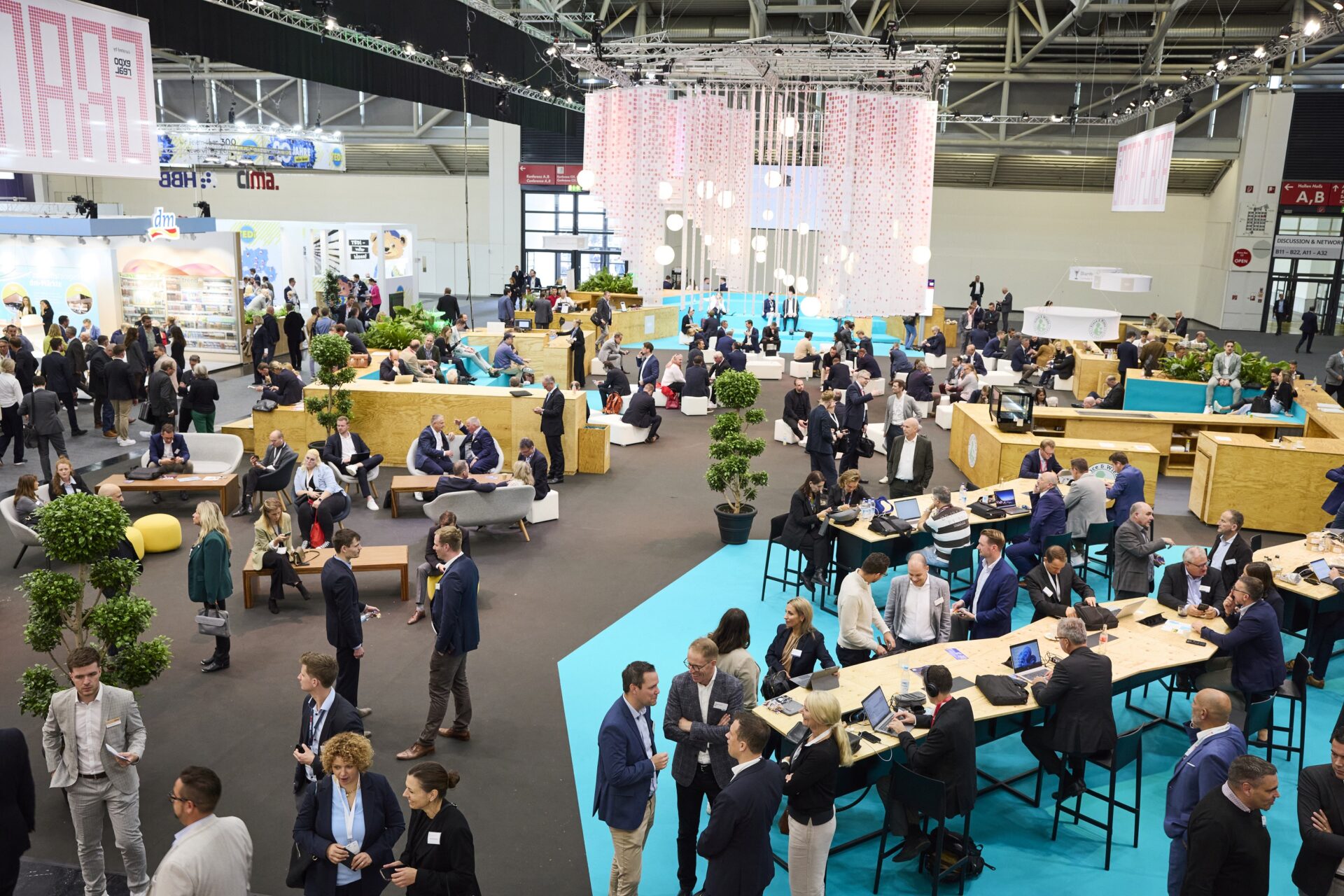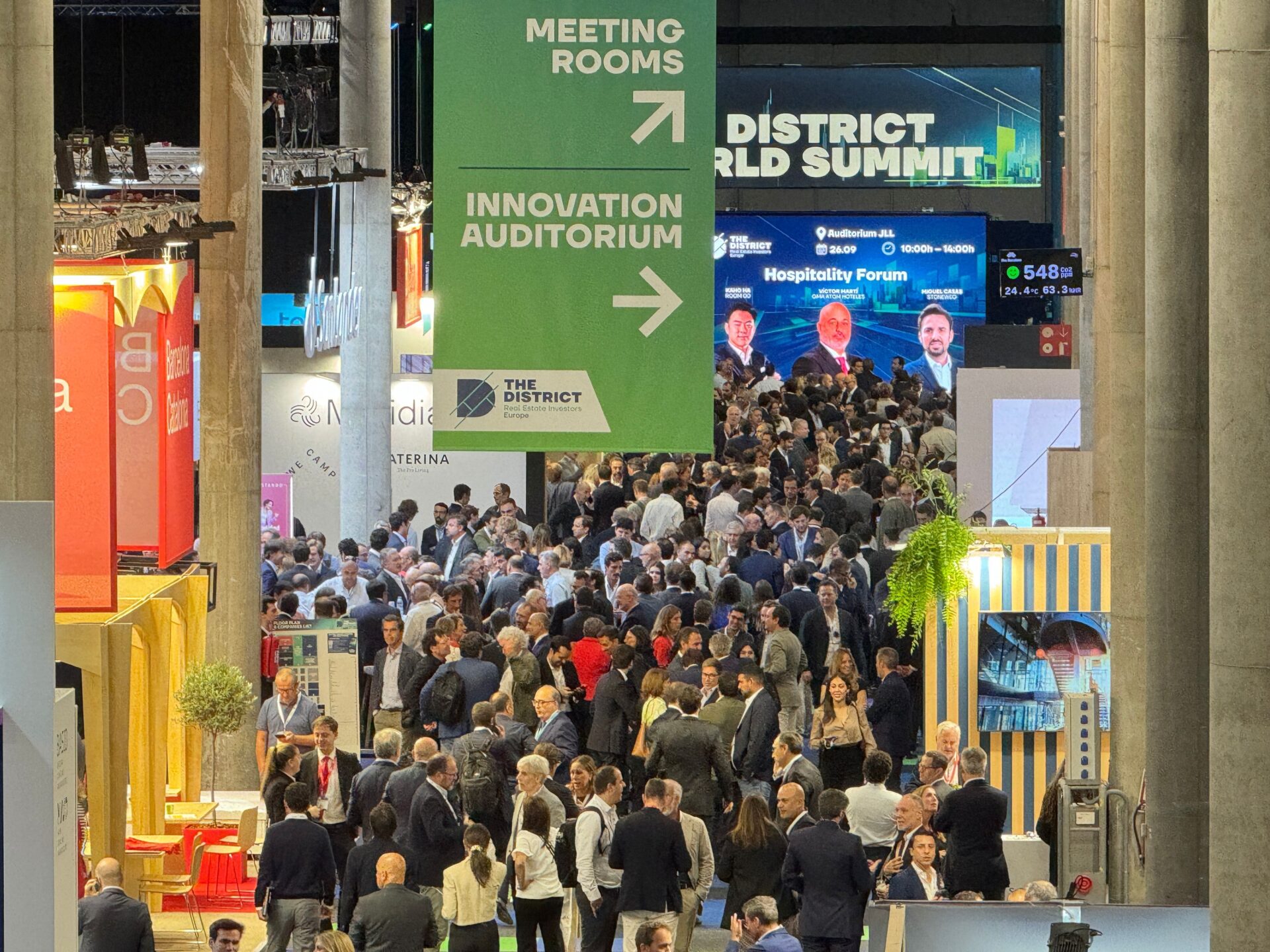A combination of the significant increases in cost drivers and the emergence of new inflationary factors has informed the Arcadis Poland Tender Price Index (TPI). The Polish construction sector presses ahead, with residential and industrial sectors booming. But escalating materials costs and availability issues are creating challenges for ongoing projects and could potentially threaten the viability of new schemes unless early intervention measures are put in place, Arcadis warns.
This analysis comes courtesy of Arcadis’ inaugural Poland Construction Market View, entitled “Gathering storm?”, which provides an overview of current inflation drivers and explains how they shape tender prices. To be published bi-annually, the Market View will give an overview of the latest developments in relation to the Polish construction sector to help inform financial decision making for projects and programmes.
Construction materials costs have risen by an average of 22 percent in the last 12 months and increasing energy costs are only going to contribute to this trend. Combined with logistics challenges – especially in haulage and distribution – and emerging issues regarding labour availability, this is creating a potential inflationary storm on the horizon. Recovering new orders are another source of inflationary risk, with the pressure amongst contractors to win work easing and competitiveness levels reducing. The construction sector is also already highly aware of the inflation trends at hand.
As a result:
Arcadis forecasts elevated levels of inflation for the remainder of 2021 and beginning of 2022, between 8-10 percent for building construction and 6-8 percent for infrastructure
Arcadis expects some of the inflationary pressures around the construction materials and logistics to ease slowly throughout 2022, however, costs are still likely to be strongly influenced by the energy costs and labour availability will become increasingly important
In the long term, beyond 2022, Arcadis anticipates that the infrastructure sector will be exposed to higher levels of inflation than the building sector. This is due to infrastructure’s higher exposure to carbon-intense materials.
With so many cost drivers in place at the moment, inflation has been generally acknowledged and consequently, the supply chain is far from being shy about making allowances for it. Clients wanting to pursue their projects in the current conditions need to understand the sources of risk and be prepared to tackle them. Clients should consider procurement options that best balance competition with how attractive the project is to bidders. Another option for securing a competitive initial price could be to consider including risk-sharing mechanisms in the contract. However, this is a calculated move that should only be considered if bidders are willing to adjust their bids, Arcadis cautions.
Senan Corbett, Head of Costs & Commercial Management at Arcadis Poland, said: “While construction materials are experiencing record levels of inflation, there are no signs of the sector slowing down. Residential and warehousing sub-sectors remain hot and the renewable energy infrastructure sector is booming too, driven by the need for the energy transition. Hence contractors are gradually under less pressure to secure new work. However, one must remember that part of the new orders will have come from pent-up demand, so it is important that underlying growth is sustained. Business sentiment points to contractors anticipating a further increase in new orders in Q3 and Q4 2021, and workload beyond 2022 is also likely to increase significantly, subject to the EU approving the Polish National Recovery Plan. With this in mind, we expect that in the near future contractors will become more selective in their bidding activities, which is another driver for inflation.”
Agnieszka Krzyzaniak, Market Intelligence Lead at Arcadis, explained: “Thanks to increases in energy and material prices, and availability issues regarding the latter, there is a very real risk of project delays, both on-site and in procurement. The situation is unlikely to stabilise before 2022, and so the industry needs to find a way to manage these price increases and mitigate any potential negative consequences. There is no silver bullet, but more transparency and a more equitable sharing of risk will both be crucial when it comes to avoiding unnecessary project delays and cancellations.”







